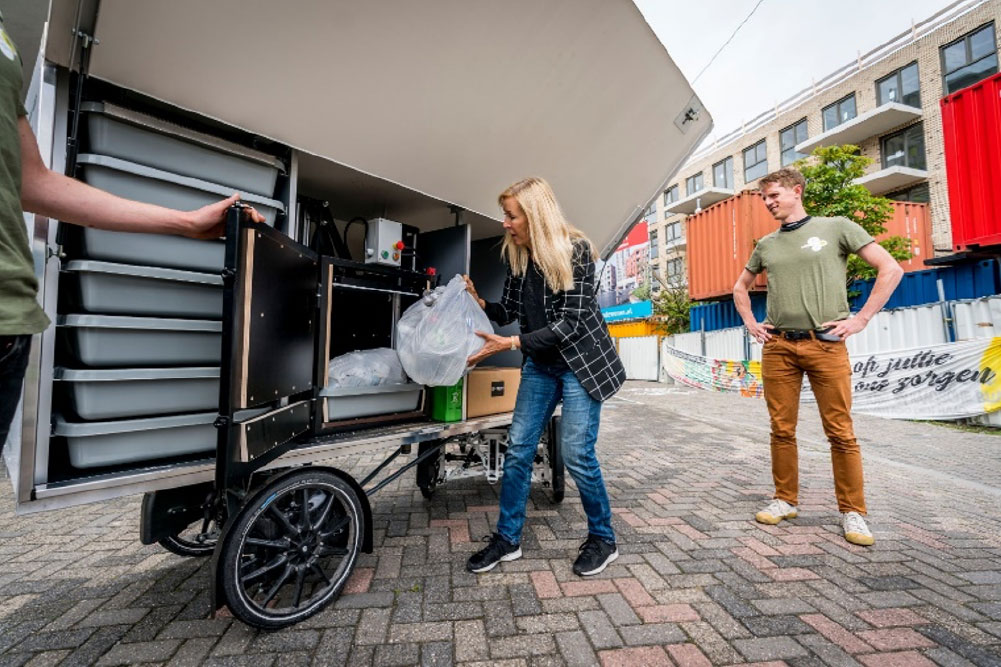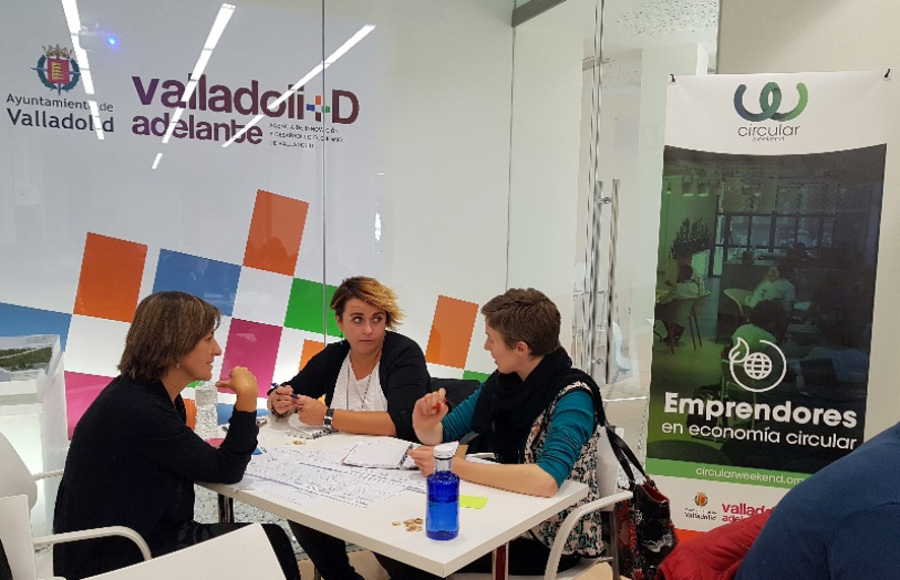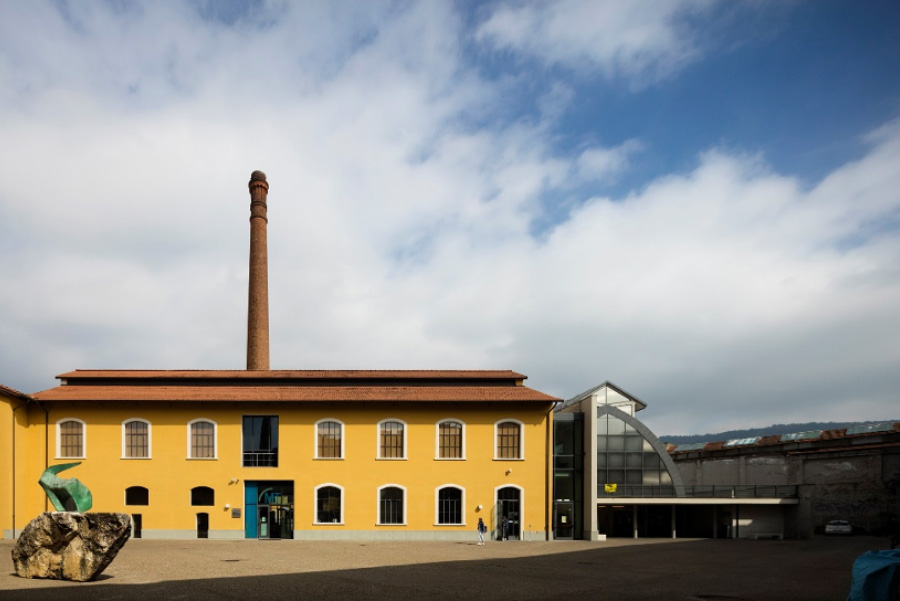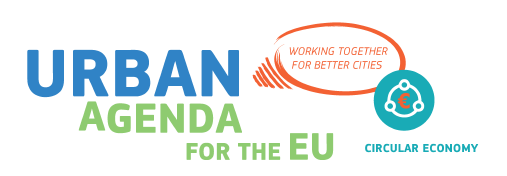Circular cities
Cities are potential engines of the transition towards a circular economy. With around 75% of the European population living in urban areas, most of the consumption, waste production, and emission of greenhouse gasses occurs in cities. In addition, European cities have a high density of knowledge, data, and capital. This concentration enables cities to drive the circular economy agenda forward and unlock related economic, environmental, and social benefits.
Alongside the Sustainable Development Goals ![]() and climate objectives
and climate objectives ![]() , the transition to a circular economy will support city leaders as they deliver against many of their other priorities, e.g. improved housing, mobility, and economic development. The circular economy offers an opportunity to respond to urban resource challenges by rethinking how we use materials, products, and assets, leading to new ways of creating value for all.
, the transition to a circular economy will support city leaders as they deliver against many of their other priorities, e.g. improved housing, mobility, and economic development. The circular economy offers an opportunity to respond to urban resource challenges by rethinking how we use materials, products, and assets, leading to new ways of creating value for all.
Cities are important in the circular transition due to the following two reasons:
- Cities can be seen as circular cradles and ecosystems in which circular solutions to pressing problems and challenges are initiated and nurtured. Learn more.
- Cities can also be seen as circular catalysts since city authorities can lead and accelerate the transition. They can create a circular vision and strategy, optimise infrastructure and logistics networks, connect stakeholders, provide incentives for and facilitate circular initiatives, and they benefit from information of different kinds. Learn more.
The Circular City Funding Guide provides information for municipalities, businesses, and other actors that want to create sustainable cities and implement circular initiatives and projects. The Guide provides information on: 1) the circular economy in the urban context, 2) funding instruments and sources, and 3) how to set-up programmes for circular funding and financing.
How is a circular economy defined? ![]()
A circular economy is an economic system in which the value and life of materials, products, and assets are maximised and preserved in the system for as long as possible. Circularity refers to the efficient (re)use and recycling of resources, materials, and products in closed loops. This is an economic model that represents sustainable development: moving from a consumption- and disposal-based linear model to a model in which the use and lifetime of products is extended and materials and waste are minimised.
According to the Ellen MacArthur Foundation, one of the front running organisations on circular economy thinking, three principles characterise the circular economy:
- Value preservation – designing out waste and pollution
- Resource optimisation – keeping products and materials in use
- System effectiveness – regenerating natural systems
To get a more in-depth understanding of the circular economy concept and the rationales behind it, read Ellen MacArthur Foundation’s detailed report.1
What will a circular city look like? ![]()
For a city to be circular, it should embed the three principles listed in the box ‘How is a circular economy defined?’ Since those principles do not provide a sufficiently clear picture or direction, the City of Amsterdam – one of the early adopters of the circular economy concept at city-level – developed seven principles to guide its transition:
- Closed loops – all materials are re-used and recycled infinitely
- Reduced emissions – all energy is generated from renewable sources
- Value generation – resources are used to generate shared (financial and societal) value
- Modular design – all products are designed in a modular and flexible way and production chains enable the adaptability of systems
- Innovative business models – all new implemented business models enable the shift from possessing goods to using goods through services
- Region-oriented reverse logistics – logistics systems are shifted to a more region-oriented service with reverse-logistics capabilities
- Nature systems upgradation – all human activities positively contribute to ecosystems, ecosystem services, and the reconstruction of “natural capital”
Furthermore, it is important that the transition occurs in all relevant sectors.
Learn more about circularity in cities from publications listed in the library. Some specific examples are:
- Circular Amsterdam
 by Circle Economy2
by Circle Economy2 - Circular Prague
 by Circle Economy3
by Circle Economy3 - Cities in the Circular Economy
 by Ellen MacArthur Foundation4
by Ellen MacArthur Foundation4 - The 15 Circular Steps for Cities
 by the EIB5
by the EIB5
How can we transform linear cities to circular? ![]()
The shift to a circular economy requires organisations and individuals to rethink not only their use of materials, products, and assets but also to redesign and adopt new business models. Such models should be based on dematerialisation, longevity, refurbishment, remanufacturing, capacity sharing, and increased reuse and recycling. Offering products as a service rather than sale is a central circular business model. For this circular transition, a city needs to establish circular city functions, services, infrastructure, and tools that facilitate circular business models. The city needs to change the way urban systems are planned, designed, and financed, and how they are made, used, and repurposed.
There are four main categories of circular strategies and business models: 6
- Circular Design Models
- Use & Life Extension Models
- Value Recovery Models
- Circular Support Models
Learn more about these circular strategies and business models here.
Cities can play an important role in fostering and supporting the circular transition. Learn more about this here.
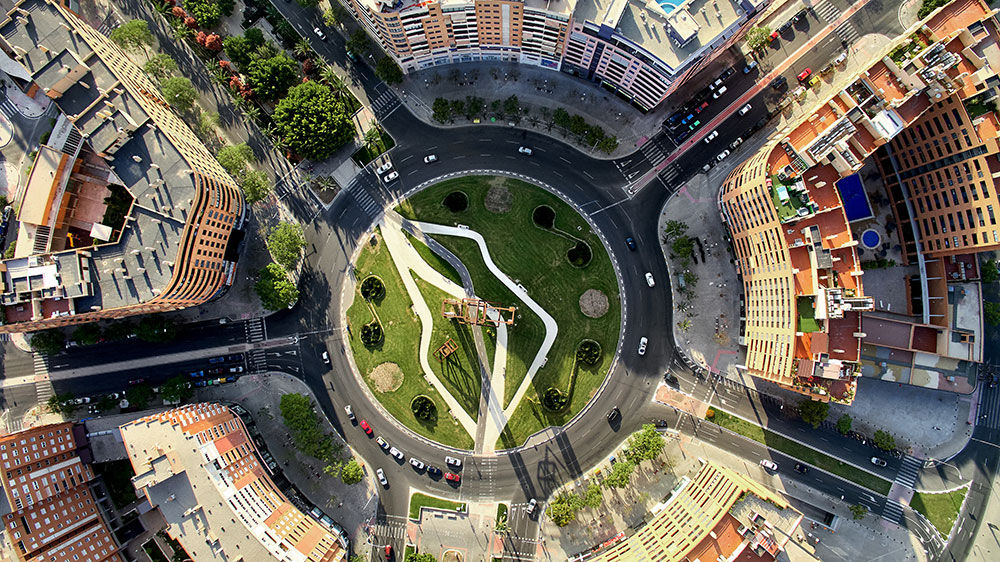
References
-
1. Ellen MacArthur Foundation. (2013). Towards the circular economy – Economic and business rationale for an accelerated transition. Vol. 1.
https://www.ellenmacarthurfoundation.org/assets/downloads/publications/Ellen-MacArthur-Foundation-Towards-the-Circular-Economy-vol.1.pdf -
2. Circle Economy. (2016). Circular Amsterdam – A vision and agenda for the city and metropolitan area.
https://www.amsterdam.nl/bestuur-organisatie/organisatie/ruimte-economie/ruimte-duurzaamheid/circular-economy/report-circular/
-
3. Circle Economy. (2019). Circular Prague.
https://www.circle-economy.com/insights/circular-prague -
4. Ellen MacArthur Foundation. (2017). Cities in the circular economy: An initial exploration.
https://www.ellenmacarthurfoundation.org/assets/downloads/publications/Cities-in-the-CE_An-Initial-Exploration.pdf -
5. European Investment Bank. (2018). The 15 circular steps for cities.
https://www.eib.org/attachments/thematic/circular_economy_15_steps_for_cities_en.pdf -
6. European Investment Bank. (2018). The EIB Circular Economy Guide – Supporting the circular transition.
https://www.eib.org/attachments/thematic/circular_economy_guide_en.pdf
